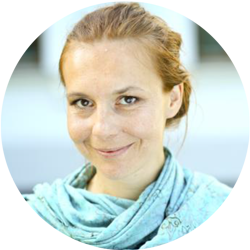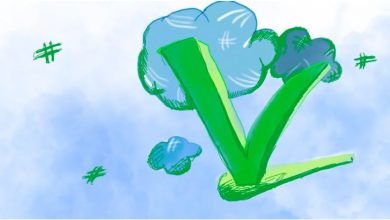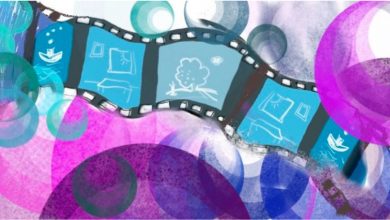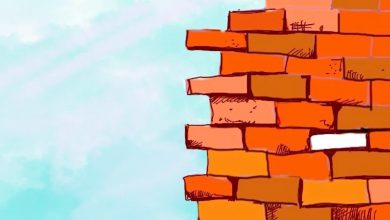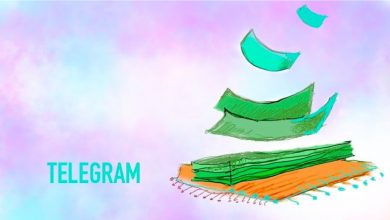Goal setting in learning and its long term strategies
In this article we will answer the following questions: 1. Shall we, as learners, have a clearly described aim or move without it, trusting in fate? 2. What is the difference between a goal and an intention? 3. How to shape our learning process in a long-term frame?

Why did I choose this tool?
According to Rick Hanson “when you learn how to learn, you gain the strength that builds the other strengths of resilient well-being. About a third of our attributes are innate DNA, while the other two-thirds are acquired through learning. That would mean that through learning we can change our behavior.” That is why we should be aware of how we would like to change ourselves and which state of behavior we should have at the end? It is so important to be aware of our goals as well as strategies for the long-term perspective.
How does this apply to being a trainer?
The trainer is an important factor in the learning experience of a trainee. There is a learning loop of impacts. The trainer learns while training the trainee and the trainee learns by participating in the training. Someone has to have at least a clear idea of where this learning circle is heading, and how to keep it on track. That’s why it is so important to be aware of your own learning/teaching aims and objectives as well as to be able to keep them in a long-term perspective.
Content
There are many ways to reach the top of the mountain, none of them is better or worst; in some cases when you try to shorten the way, it may take longer or even cost more energy.
By empowering self-direction in learning we convey a sense of agency, which could be defined as the sense that “I am the one who is causing or generating an action or a certain thought in my stream of consciousness” (Michela Balconi, 2010).
There is a significant correlation between our level of self-direction in learning and awareness of our intentions.
Personal intentions are often global psychological frameworks that involve multiple aspects of self. They may be concerned with what we aspire to, who we desire to become, etc. Self-directed learners may be more conscious of their intentions. Those learners are more aware of their immediate learning intentions. Self-directed learners are more aware of the relationship between a learning task and global intentions. (Self-Directed Learning. Smoke and Mirrors by Huey B. Long).
One hypothesis is that the SDL often has a global goal that is gradually refined through the search and learning process.
At the beginning of the learning effort, the learner has only a vague idea of what he/she wishes to learn. As a learner obtains more information, the specifics gradually became clearer. Experience with each step leads to the next one.

By learning we learn what to learn.
Nevertheless self directed learning is strategic, it proceeds toward a planned outcome.
One of the tools helping with this long-term learning to learn approach would be “grit”. This model involves long-term commitment, not short-term intensity (Duckworth et al. 2009), which requires sustained passion and effort (Duckworth et al. 2007).
There are three significant components of grit:
- Perseverance: Originally conceptualized by Clark (1935), perseverance is a trait that enables learners to endure and overcome challenges (Stoltz 1997).
Two constructs of perseverance crucial to success have been identified:
- perceived control over adversity
- perceived responsibility to the outcome of adversity (Markman, Baron & Balkin 2005).
- Passion: which can be according to Chen, Yao & Kotha (2009) considered a domain-specific motivational construct, which is more specifically associated with an intense, positive inclination towards a specific task (Vallerand et al. 2003).
- Self-regulation: a broad description of behaviors that reflect an individual’s capacity to control responses in resisting temptation to achieve long-term goals. This also contains self-control over emotions. Interventions aimed at enhancing self-regulation techniques such as mindfulness, problem-solving methods and employed cognitive behavioral training have proven to successfully enhance self-regulatory capacity (Piquero, Jennings & Farrington 2010).
There are several strategies that support the achievement of a certain goal:
- The awareness of one’s own strong personal identity which is linked to a goal-oriented future perspective. Visualize the two selves: current strengths and weaknesses (present-self) and focus on your own future goals (future-self) as connected and not conflicted.
- Feed-backing. Constant feedback on our personal progress, whether positive or negative, flourishes motivation and allows to design strategies for adapting to new situations. There are two perspectives on perpetual evaluation: constant dissatisfaction and satisfaction.
- System thinking by either identifying and solving sub-goals or addressing the challenge in its entirety. Additionally, celebrating the achievement of smaller sub-goals assists learners with maintaining the pursuit of long-term goals.
- Orientation to failure. Failure used as a motivator to identify new avenues for growth. Gritty individuals reframe negative past experiences into a more constructive outcome for future success.
- Supporting teams or broader ecosystems often can complement one’s personal weaknesses. Establishing and maintaining a good ecosystem therefore becomes a potentially powerful intervention strategy.
- Focusing on the potential benefits to one’s work. Individuals have a high sense of altruism, which provides meaning in their work.
Altruistic behavior in combination with intrinsic motivation better predicts performance, perseverance and productivity.

Taken from Armstrong, Alacia & Van der LIngen, Elma & Lourens, Riaan & Chen, Jeff. (2018). Towards a new model of grit within a cognitive-affective framework of self-regulation. South African Journal of Business Management. 49. 10.4102/sajbm.v49i1.13.
Connection SDL and grit.
Prof Gwenn Scott Ruttencutter proves in her research from 2018 that there are intersections of Self Directed Learner Readiness and grit. Both concepts refer to: INTEREST, HOPE, SELF-REGULATION and CONSCIENTIOUSNESS.
In strategic planning she fosters SDL and grit as part of learner development by:
- identifying self-beliefs
- providing choices and allowing control
- incorporating reflection on action
Excercise
Analyze your learning environment in following aspects:
- Describe or draw symbolically your present self (on one paper) and future self (on second one) (you may use the transparent paper). Who are you now, and who will you be in the future? Overlap those two images and perceive them as integrated. Describe any new ideas you have about yourself.
- Use several feedback tools collected in this trainer’s library and collect feedback. Be aware to foster both perspectives – positive and negative. Only then you may be stimulated for your own development.
- Refer to your last failure which you remember – describe it, and redefine it as your power. What have you learnt?
- Draw yourself in a bigger system. With whom are you connected, whom do you influence? Describe how your personal development would impact your professional and private ecosystem?
Reflection questions
- How would you develop this tool?
- Which aspects are supporting learning to learn competence in particular?
